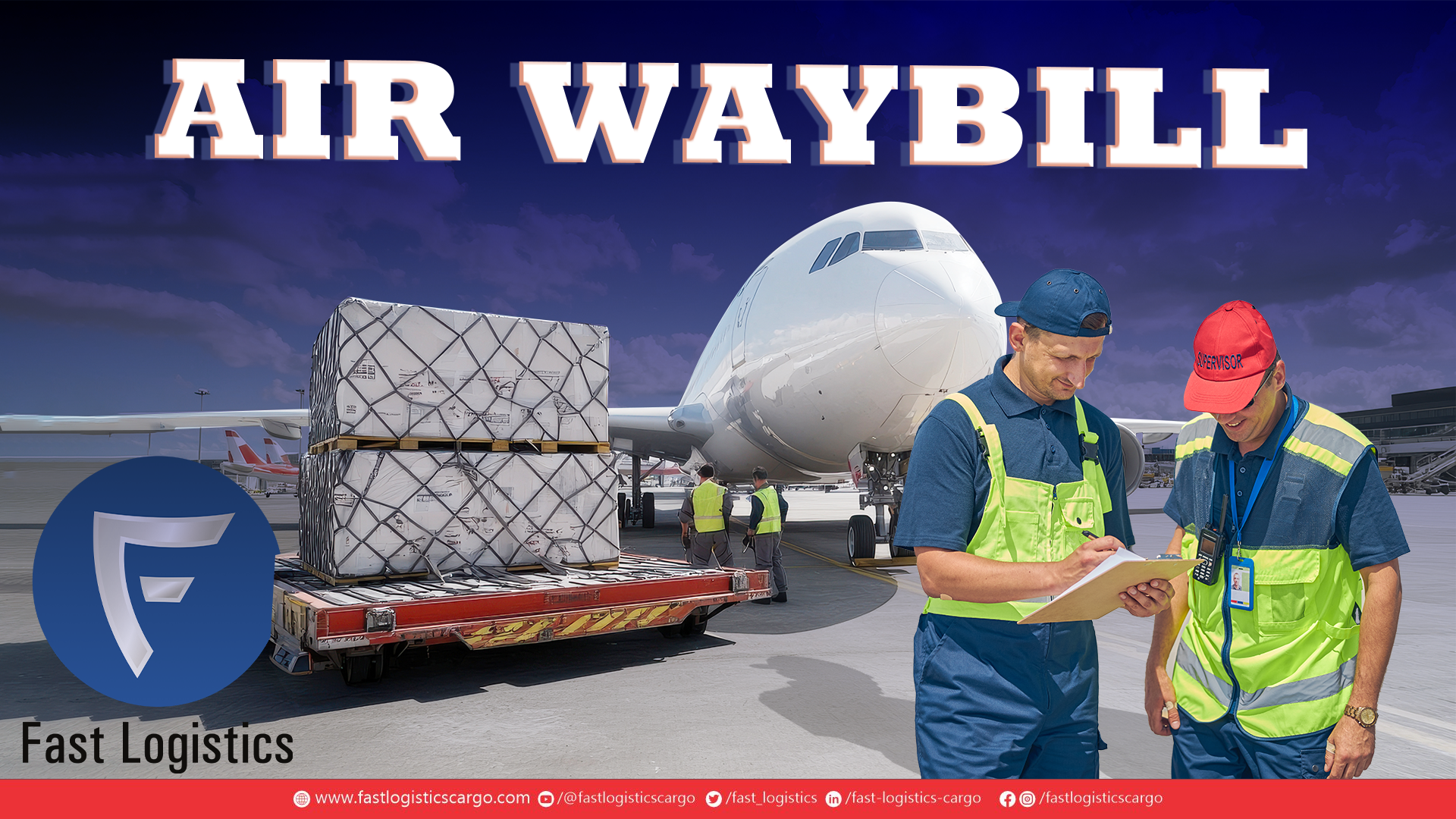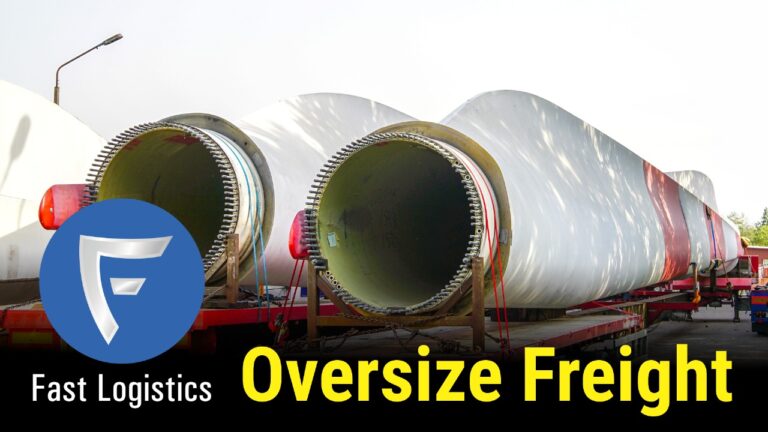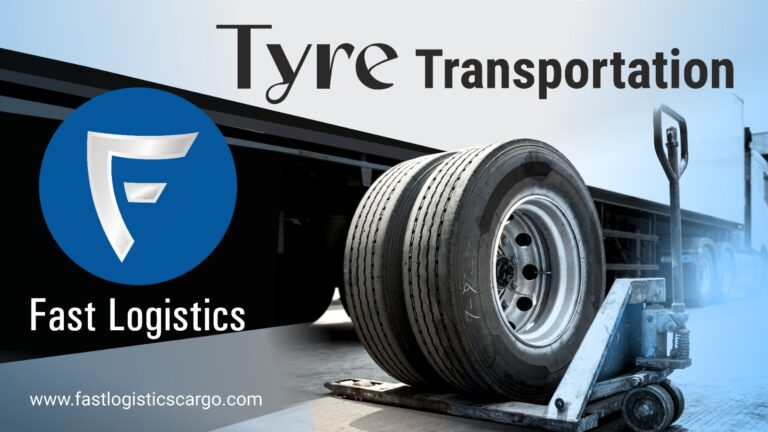Air Waybill
Air Waybill (AWB) – it might look like just another piece of paper, but in the world of air freight, it’s the heartbeat of the entire operation. Often called the passport for air cargo, the AWB travels with your goods, making sure they move smoothly from origin to destination, across cities and continents.
This single document holds key details: who is sending the shipment, who’s receiving it, what’s inside, where it’s going, and under what terms. Without it, air cargo can’t take off—literally. From customs clearance to tracking and accountability, the Air Waybill is what keeps the supply chain flying high.
Whether you’re shipping critical medical equipment or time-sensitive products, understanding the AWB is essential for anyone involved in global logistics.
What is an Air Waybill?
An Air Waybill (AWB) is a legally binding document issued by an air carrier (or its agent) to acknowledge receipt of goods and agree to transport them to a specified destination under defined terms and conditions. Unlike a bill of lading used in sea freight, an AWB is non-negotiable, meaning it doesn’t serve as a title to the goods but rather a contract of carriage.
Think of the AWB as a shipping label, contract, and tracking tool—all rolled into one.
Key Functions of an AWB
- Proof of Receipt: Confirms that the airline has received the cargo in good condition.
- Contract of Carriage: Establishes terms and responsibilities between the shipper and the carrier.
- Customs Declaration: Serves as a reference for customs officials at origin and destination points.
- Tracking Tool: Contains a unique 11-digit number used to track shipments across systems.
- Freight Bill: Details freight charges, weight, dimensions, and declared value for transport.
What Information is Included in an AWB?
An Air Waybill contains the following critical details:
- AWB number (e.g., 123-45678901)
- Shipper’s and consignee’s contact information
- Airport of departure and destination
- Flight details
- Nature and description of goods
- Total weight and dimensions
- Declared value and freight charges
- Special handling instructions, if any
There are two types of AWBs:
- Master Air Waybill (MAWB) – issued by the airline to a freight forwarder
- House Air Waybill (HAWB) – issued by the freight forwarder to the actual shipper
Why is the AWB So Important?
The AWB acts as the backbone of any air shipment. Without it, the cargo cannot be accepted, processed, or released. It helps in:
- Smooth customs clearance
- Dispute resolution in case of cargo loss or damage
- Auditing and compliance tracking
- Shipment traceability from pickup to final delivery
Moving Towards Digital: What is an e-AWB?
The logistics industry is now switching to e-AWB (electronic AWB). It replaces paper documents with digital files. Why?
- It’s faster
- Reduces paperwork errors
- Saves money and time
- Easier to store and track
- Better for the environment
The Air Waybill is a small document that plays a big role in making sure your cargo gets where it needs to go. It’s your shipment’s identity, travel plan, and safety record—all in one.
Need Help With Air Freight?
📩 Email: info@fastlogisticscargo.com
🌐 Visit: www.fastlogisticscargo.com
Whether you’re shipping electronics, garments, or urgent cargo, understanding the AWB helps make your logistics smoother and stress-free.
FAQ-
An Air Waybill (AWB) is a document issued by an airline or freight forwarder that accompanies goods shipped by air. It serves as a contract of carriage, a receipt of goods, and provides all necessary shipment details. It’s essential for tracking, customs clearance, and proof of shipment
The AWB is issued by the airline or the freight forwarder acting on behalf of the airline.
No, an AWB is non-negotiable and does not transfer ownership. It only serves as proof of shipment and receipt of goods.
Yes, the AWB number is unique and can be used to track the status and location of your air cargo on airline or logistics provider websites.
The AWB number is an 11-digit code found on the top of the AWB document. The first three digits identify the airline, and the remaining eight digits are the shipment reference number.










